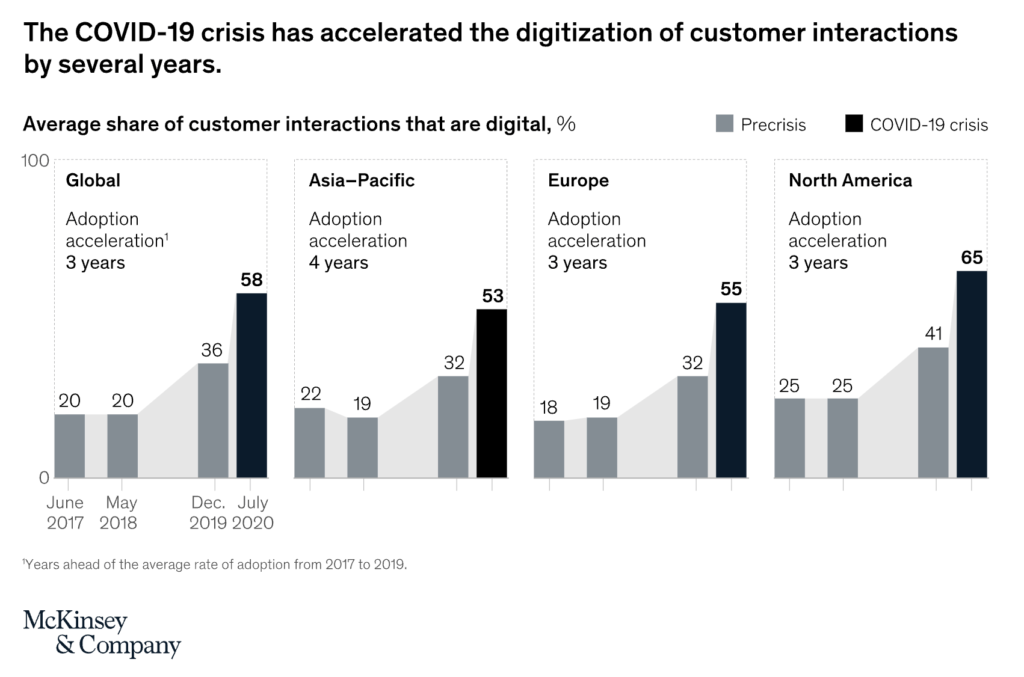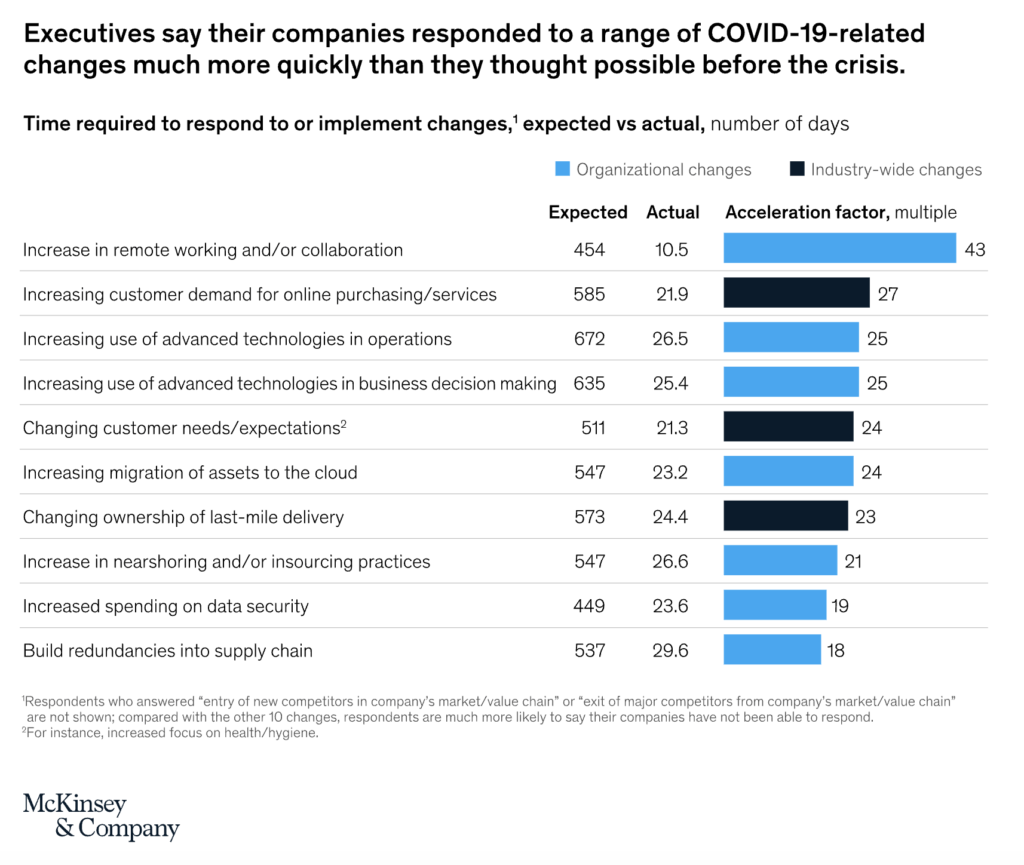After the devastation of the pandemic 3 years ago, the whole world is finding a new balance and stability. Last year was the start of economic recovery and resiliency when business around the world recalculate their ability to stay relevant in the market and start adopting new technology for future instances. Then we are aware of digital resiliency to help recover the economy by having a stable technology infrastructure.
Digital resiliency is the ability of a business or organization to withstand and recover from disruptions to its digital operations. This is especially important in times of economic crisis, when businesses may face reduced demand for their products or services, supply chain disruptions, and financial instability. To be digitally resilient, a business should have robust backup and recovery systems in place, as well as strategies for maintaining business continuity in the face of potential digital disruptions.
This may include measures such as regularly backing up data, using cloud-based services to maintain access to critical data and applications, and implementing robust cybersecurity measures to protect against cyber attacks. By being prepared for potential digital disruptions, businesses can improve their chances of weathering economic storms and continuing to operate effectively.
The current state of economic and technology
According to a new McKinsey Global Survey of executives, their companies have accelerated the digitization of their customer and supply-chain interactions and of their internal operations by three to four years. And the share of digital or digitally enabled products in their portfolios has accelerated by a shocking seven years. Nearly all respondents say that their companies have stood up with at least temporary solutions to meet many of the new demands on them, and much more quickly than they had thought possible before the crisis.
It is difficult to predict the exact future of the economy and technology, as both are complex and constantly evolving. However, there are some general trends and developments that are likely to continue or accelerate in the coming years.
One trend is the increasing integration of technology into every aspect of our lives and businesses. This is known as the “fourth industrial revolution,” and advancements in fields such as artificial intelligence, robotics, the internet of things, and biotechnology drive it. As these technologies become more sophisticated and widespread, they are likely to have a major impact on how we live, work, and interact with each other.
Another trend is the growing importance of the digital economy. More and more economic activity is taking place online, and companies that are able to effectively leverage technology and data are likely to have a competitive advantage. At the same time, there are concerns about the unequal distribution of the benefits of the digital economy, and the need for policies that ensure that all members of society can participate and benefit.
Advances in AI, robotics, and automation have accelerated over the course of the pandemic. Automatic temperature checks and new biosensors infused with AI facial mask detection are now adopted in places around the world. Jobs lost during the pandemic are also being replaced by robots and AI faster than ever.
The Crisis in Technology
During the pandemic, consumers have moved dramatically toward online channels, and companies and industries have responded in turn. The survey results confirm the rapid shift toward interacting with customers through digital channels.

Across sectors, the results suggest that rates for developing digital products during the pandemic differ. Given the time frames for making manufacturing changes, the differences, not surprisingly, are more apparent between sectors with and without physical products than between B2B and B2C companies.
So this led to a technological crisis because we try to accomplish digital products and digital business in a short-span time. There are many different types of crisis that can occur in the technology industry. Some examples include:
- Security breaches and data leaks, where sensitive information is accessed or stolen by unauthorized parties. This can have severe consequences for both individuals and organizations, such as financial loss, reputational damage, and legal repercussions.
- Outages and downtime, where a system or service becomes unavailable or unreliable. This can disrupt businesses, cause inconvenience to users, and result in lost revenue.
- Hardware or software failure, where a device or application experiences a malfunction or crash. This can cause data loss or corruption and may require costly repairs or replacements.
- Misuse or abuse of technology, where technology is used in ways that violate laws or ethical standards. This can include activities such as cyberbullying, identity theft, or spreading misinformation.
These are just some examples of the types of crisis that can occur in the technology industry. It is important for companies and individuals to be prepared for such situations and have plans in place to mitigate their impact.
Overcome crisis by modernizing your infrastructure
Modernizing an organization’s IT infrastructure can help it overcome a crisis in several ways. First, modernizing IT systems can improve the organization’s ability to adapt to changing circumstances. For example, by implementing cloud-based services and flexible work environments, an organization can quickly shift its operations and enable its employees to work remotely if necessary. This can help the organization continue to function effectively even if it faces disruptions such as supply chain interruptions or employee absences.

The survey suggests that companies are making these crisis-related changes with the long term in mind. For most, the need to work and interact with customers remotely required investments in data security and accelerated migration to the cloud.
Modernizing IT infrastructure can improve the organization’s efficiency and productivity. By implementing new technologies and automation tools, an organization can streamline its operations and reduce the time and resources needed to perform certain tasks. This can help the organization save money and operate more efficiently, which can be especially important in times of economic crisis when every cost savings counts.
Finally, modernizing IT infrastructure can also improve the organization’s security and resilience. By implementing robust cybersecurity measures and backup systems, an organization can protect itself against cyber attacks and other digital disruptions that could otherwise cripple its operations. This can help the organization maintain business continuity and recover more quickly if it does experience a digital disruption. Overall, modernizing IT infrastructure can help an organization overcome a crisis by improving its ability to adapt, operate efficiently, and protect itself from digital threats.
How to modernize IT infrastructure
To modernize your organization’s IT infrastructure, you can take the following steps:
- Identify your organization’s current IT systems and assess their capabilities. This will help you understand what technology you already have in place and where there may be gaps or areas for improvement.
- Develop a plan for modernizing your IT infrastructure. This plan should outline the specific goals and objectives you want to achieve, as well as the specific technologies and tools you plan to implement to achieve those goals.
- Choose the right technology and tools to modernize your IT infrastructure. This will likely involve researching and evaluating different options, and selecting the ones that best meet your organization’s needs and goals.
- Implement the chosen technology and tools. This will likely involve installing and configuring the new technology, as well as training your employees on how to use it.
- Monitor and maintain your modernized IT infrastructure. This will involve regularly checking the performance and security of your systems, and making any necessary updates or improvements to keep them running smoothly and securely.
By following these steps, you can modernize your organization’s IT infrastructure and improve its ability to adapt, operate efficiently, and protect itself from digital threats.



